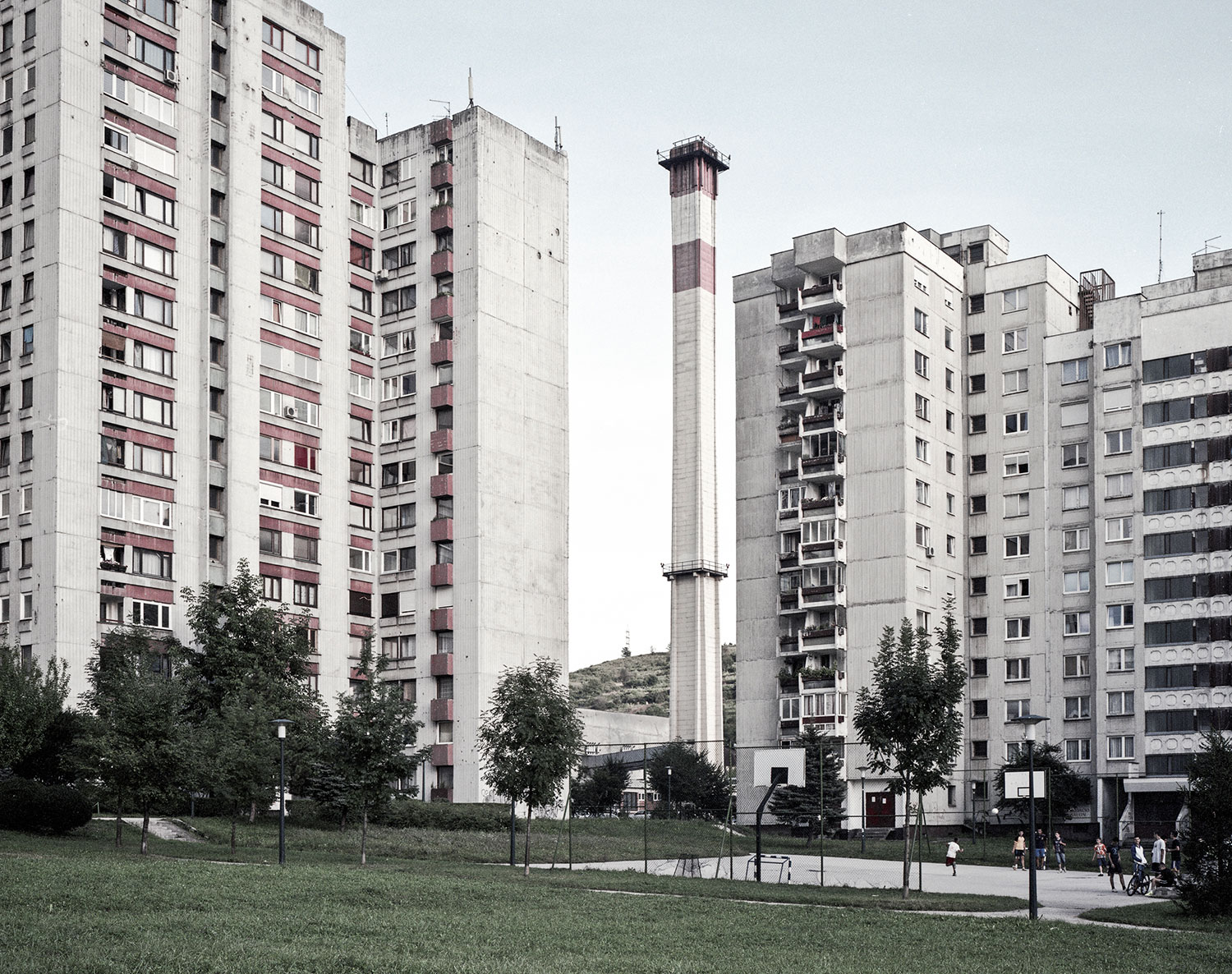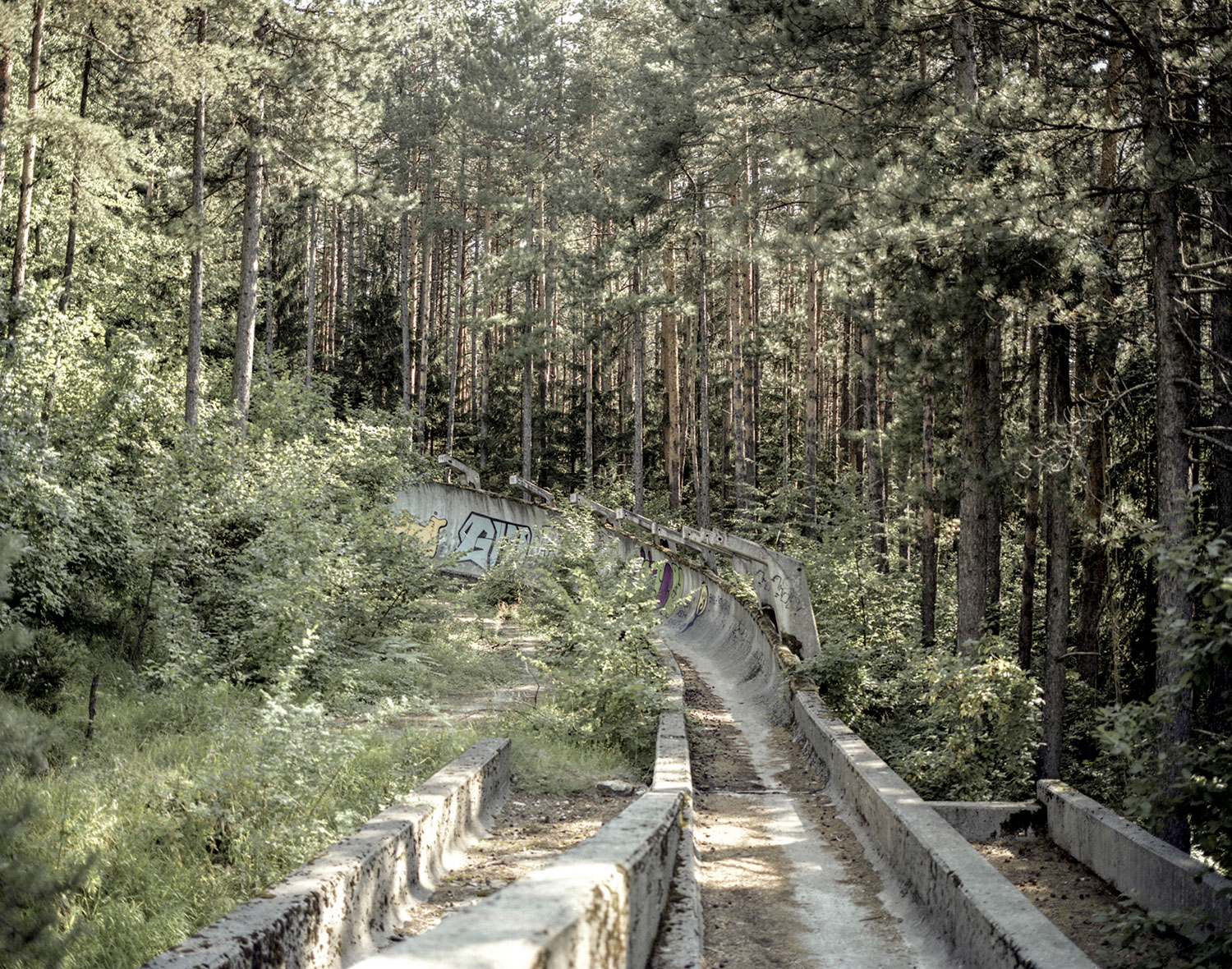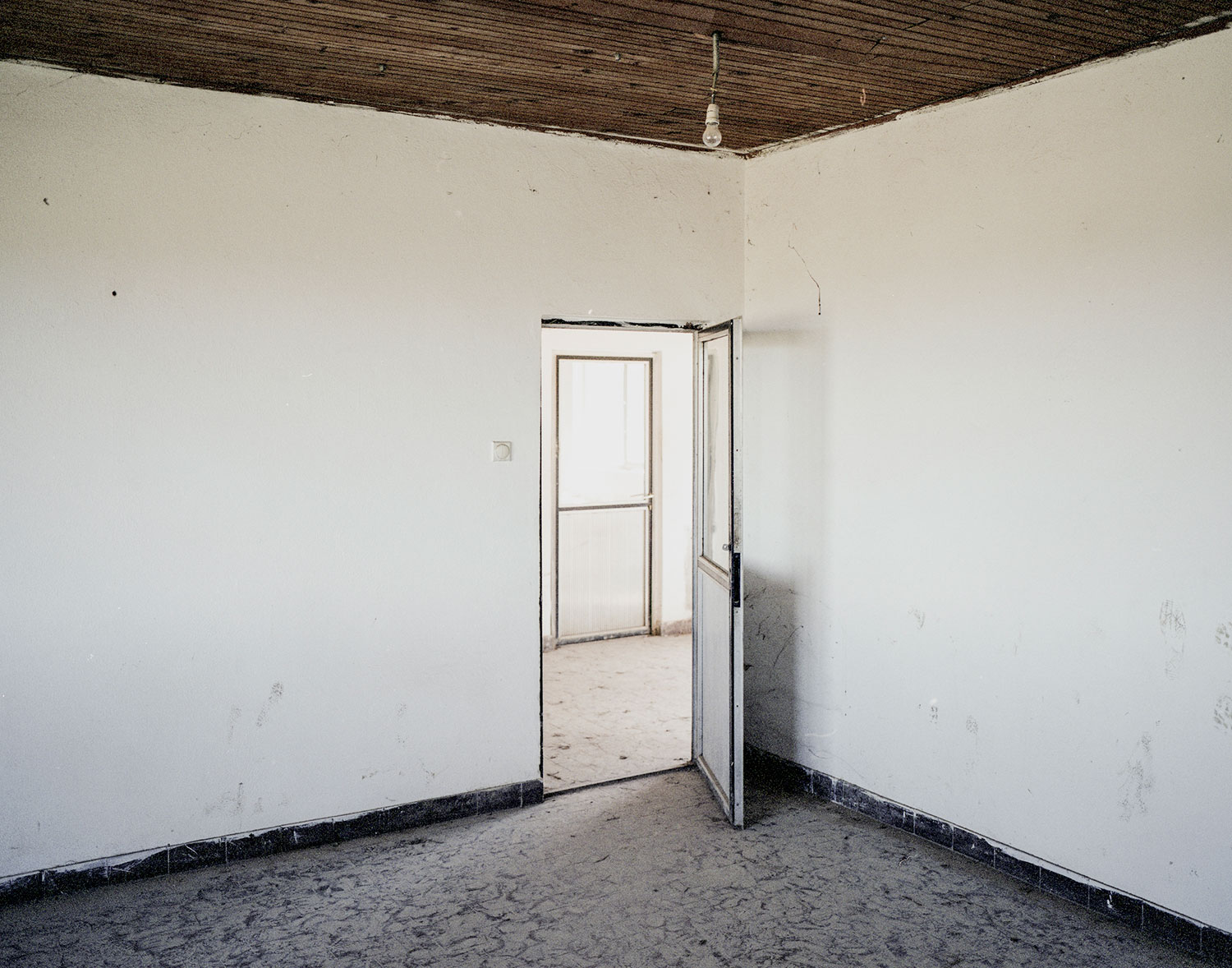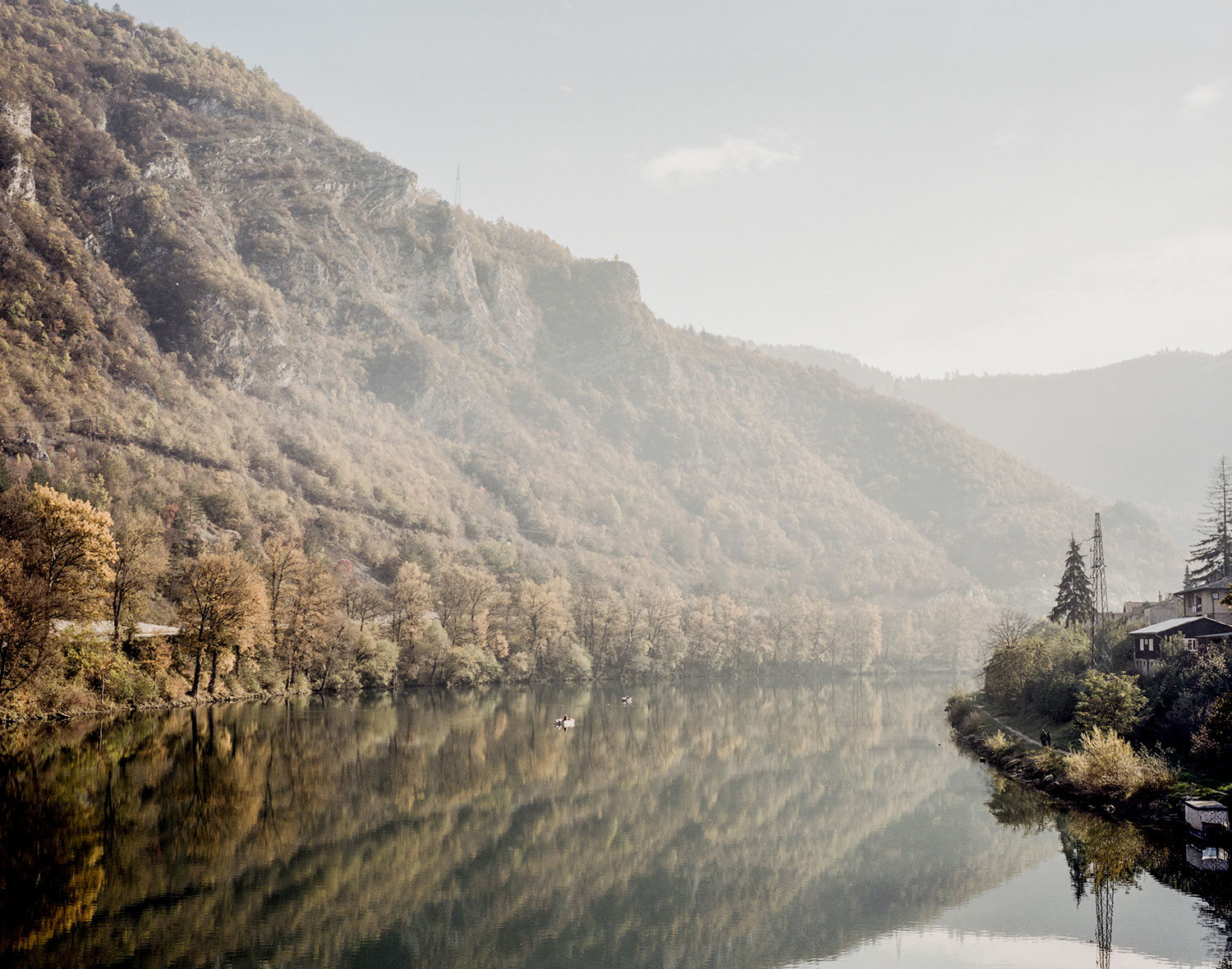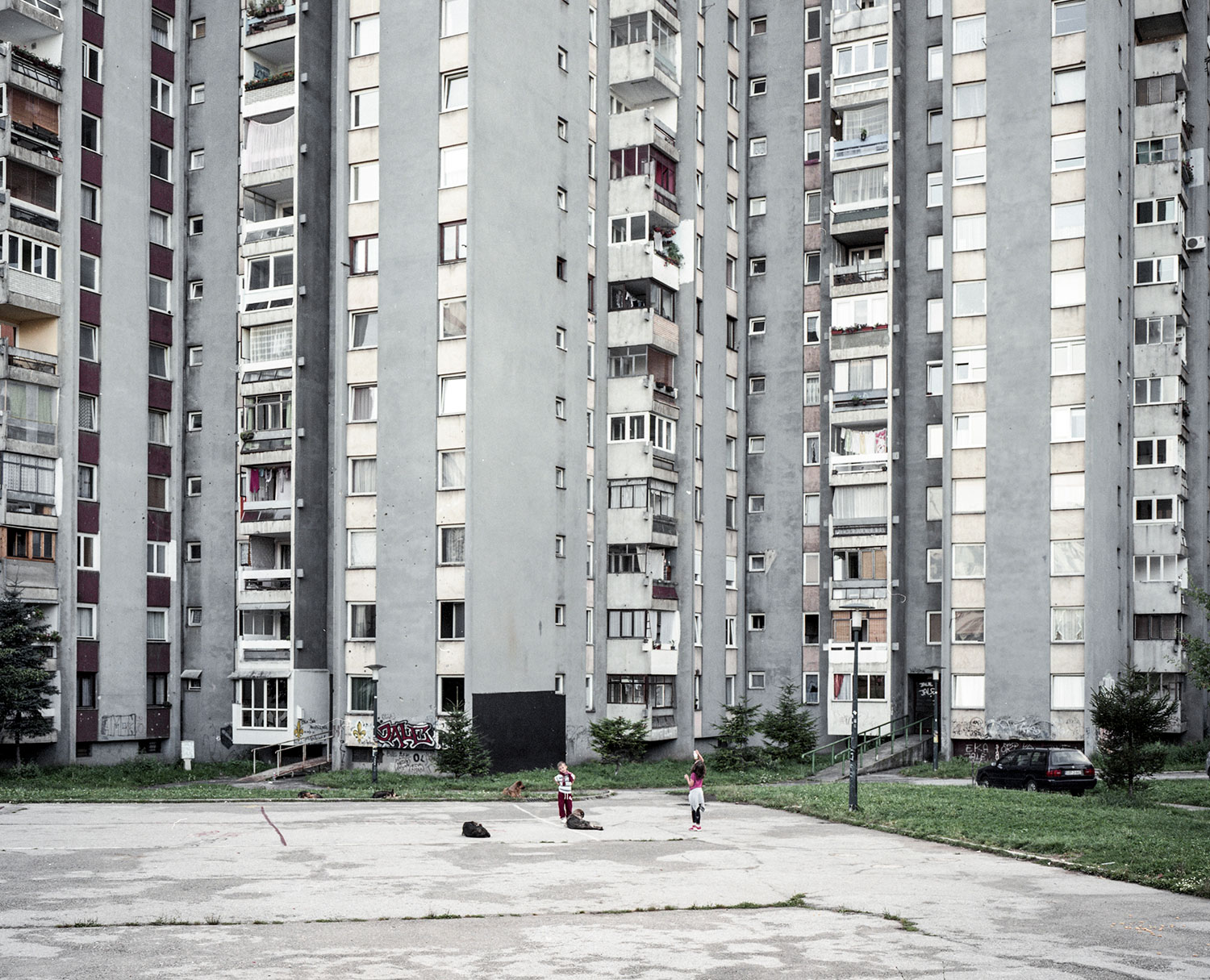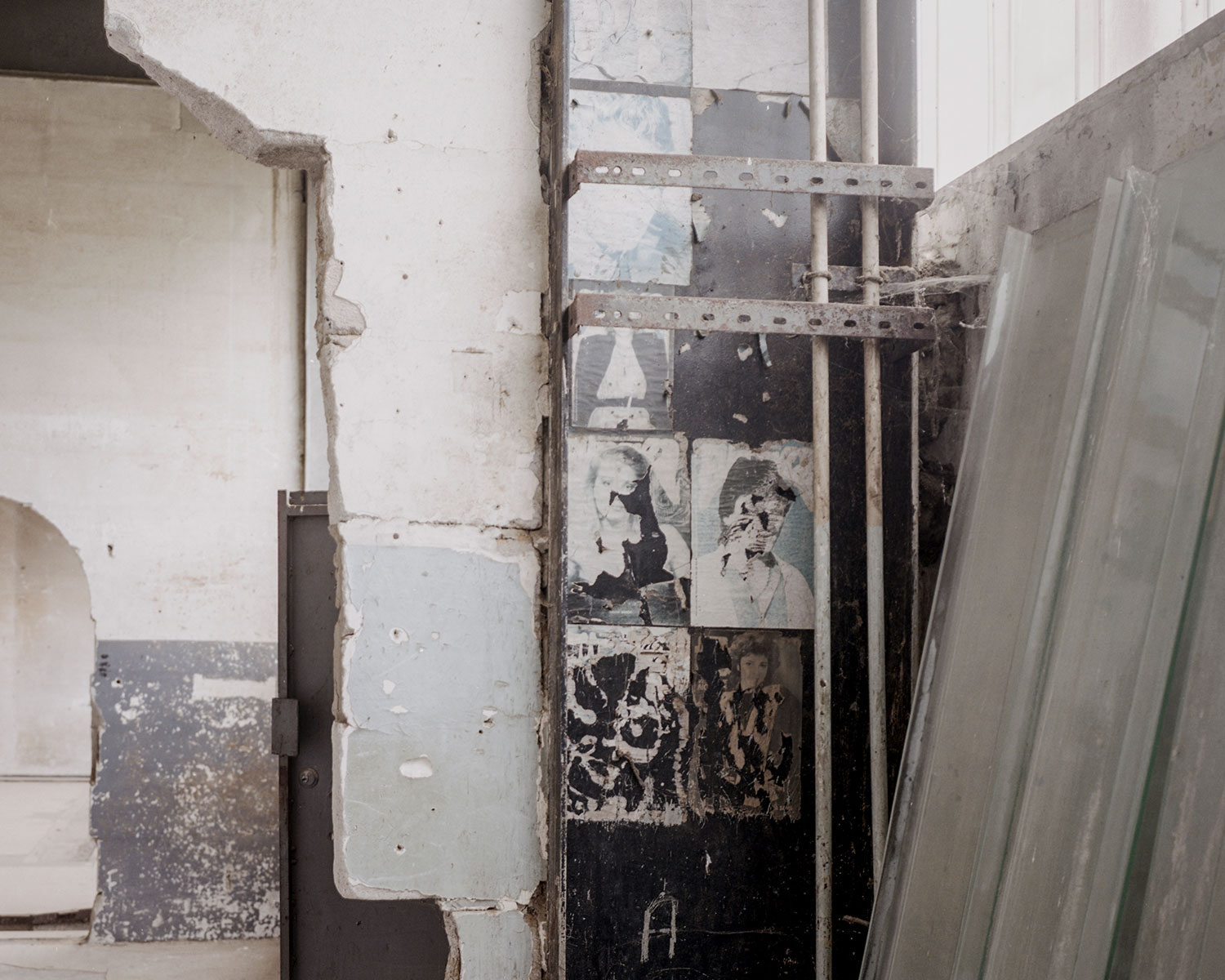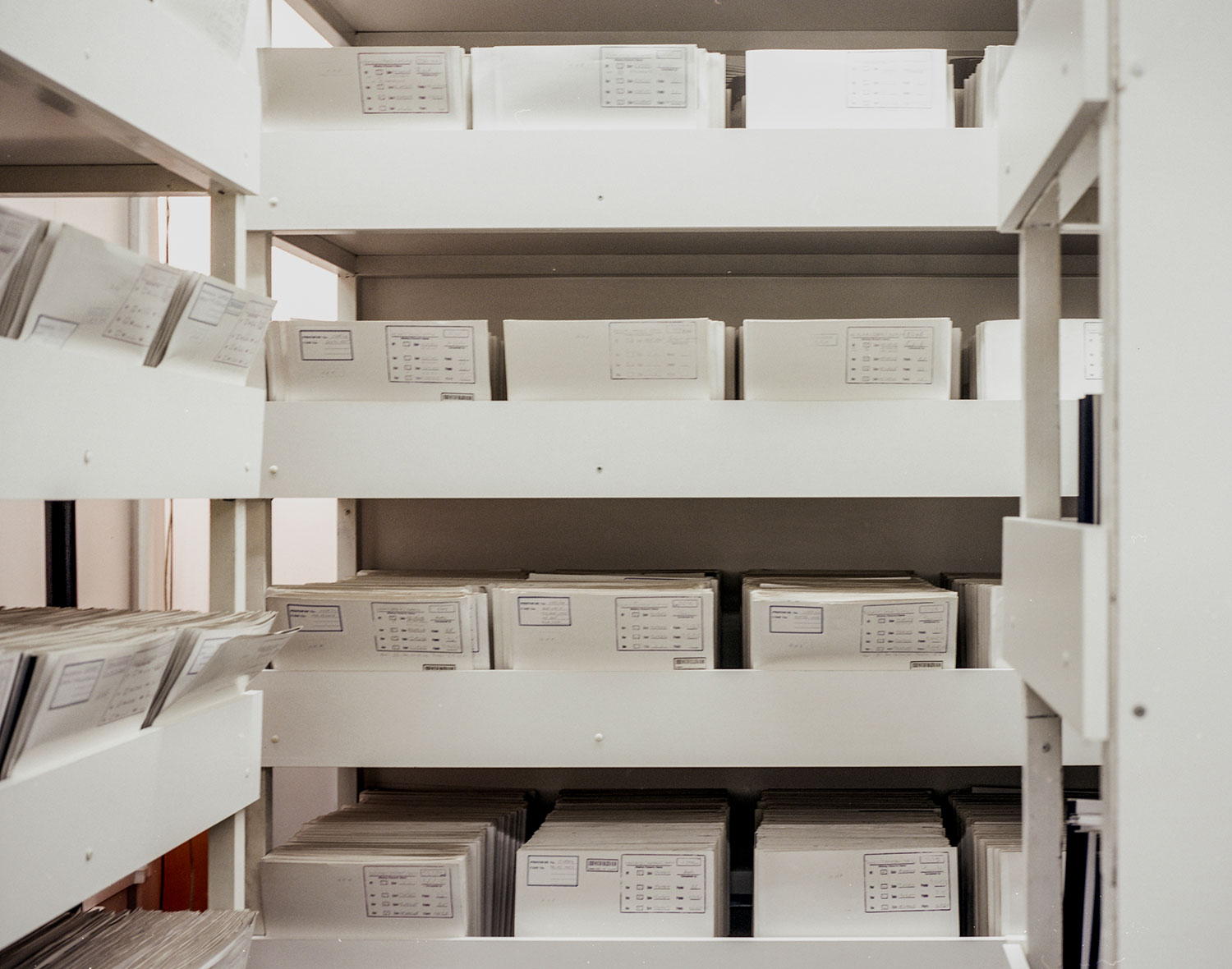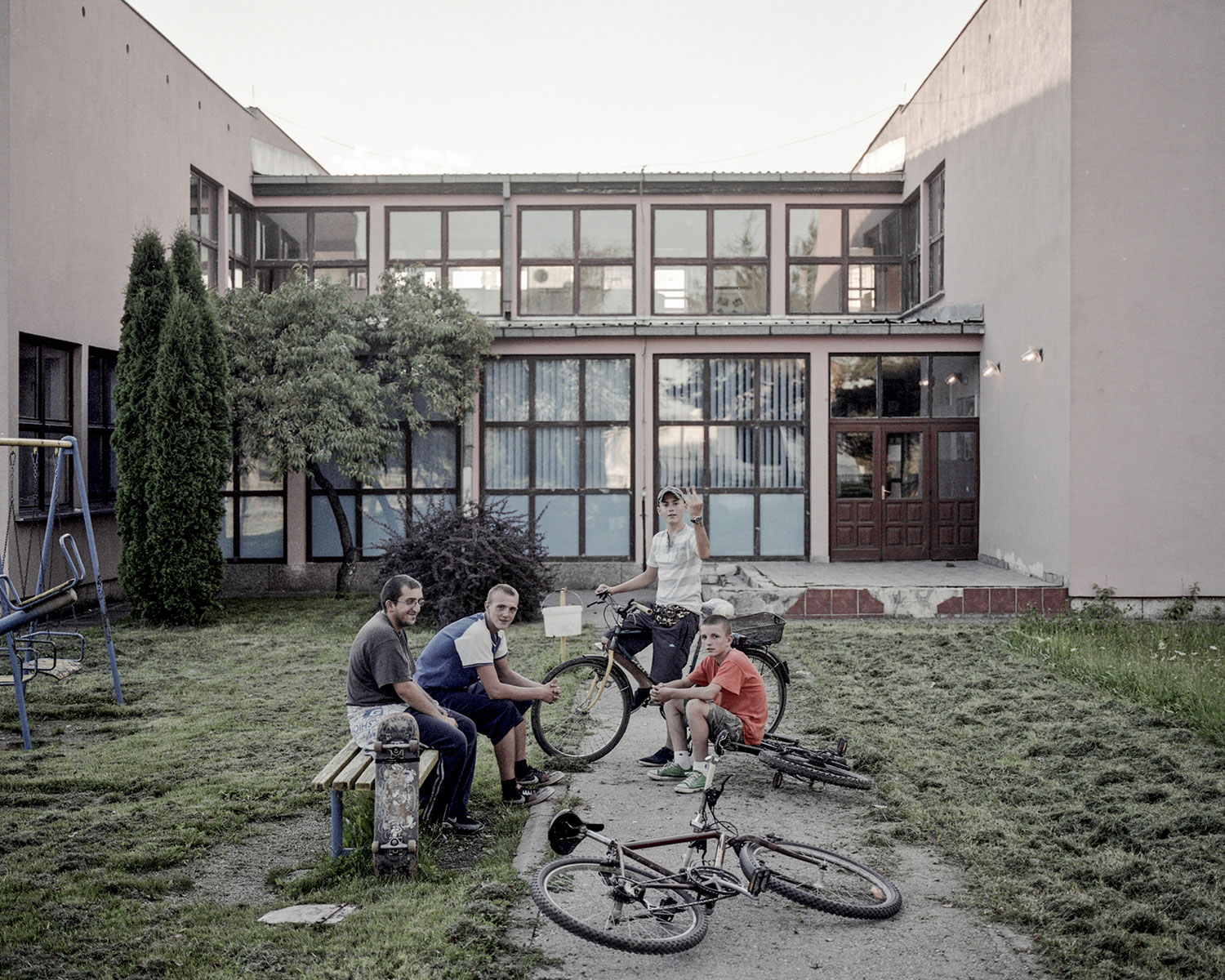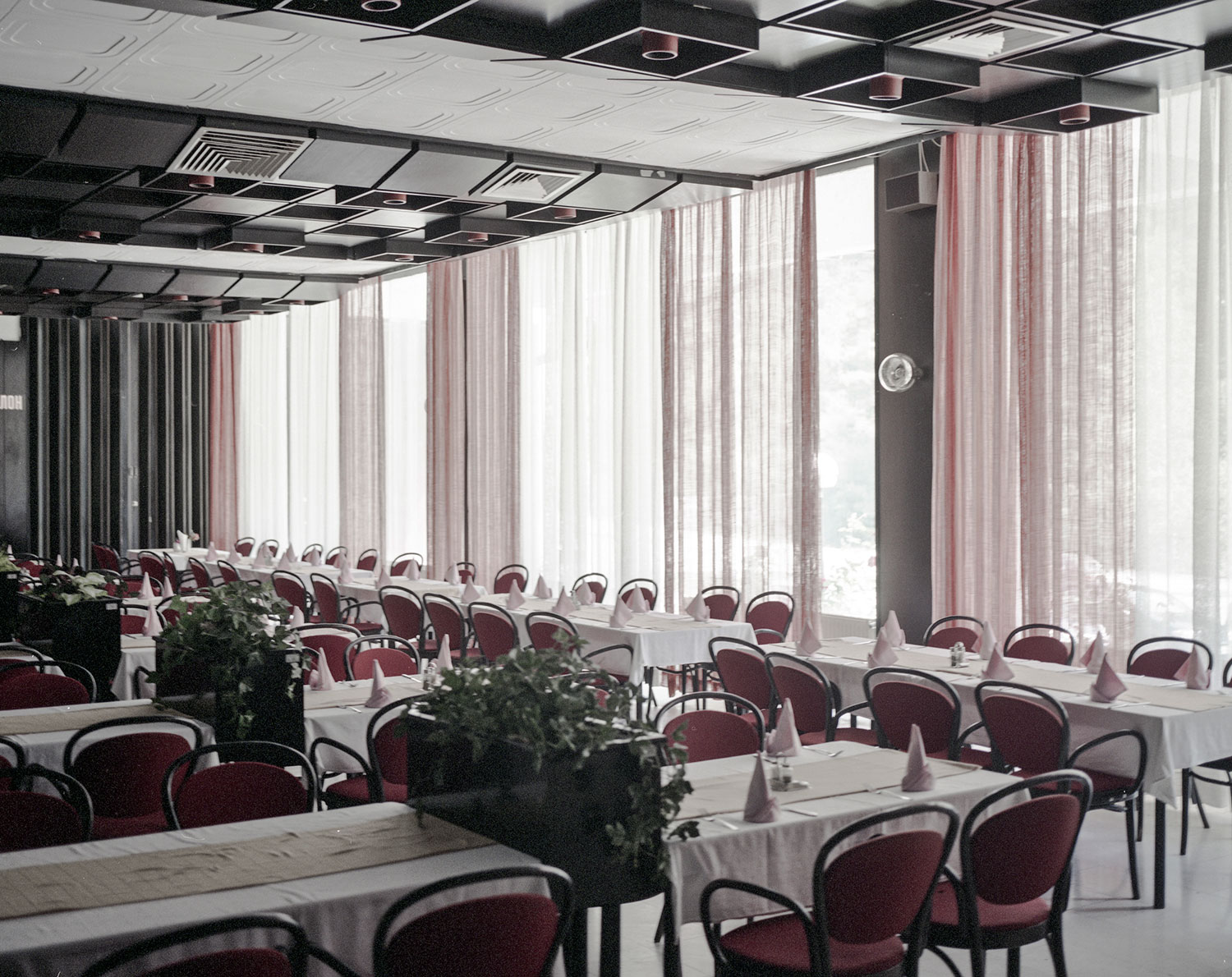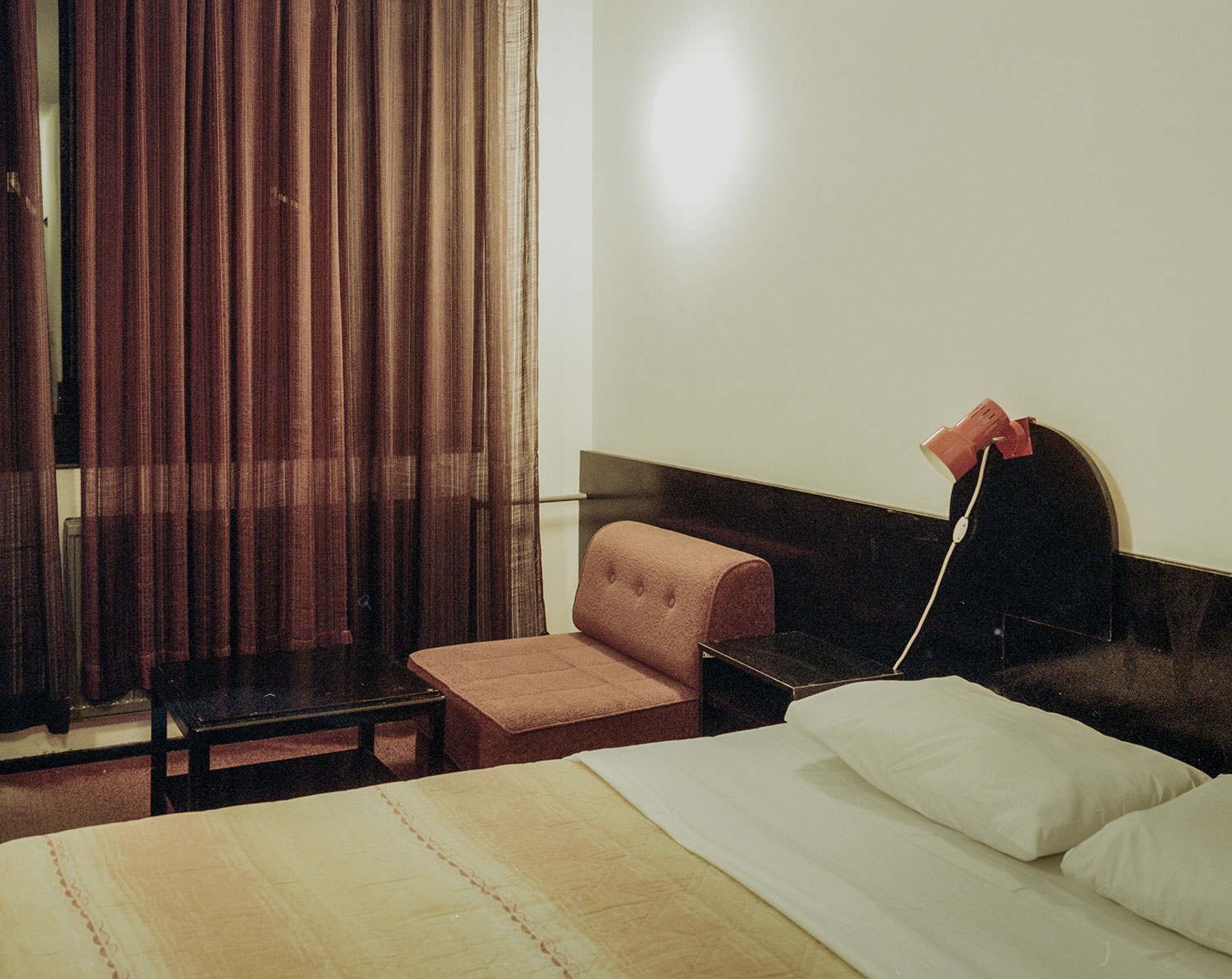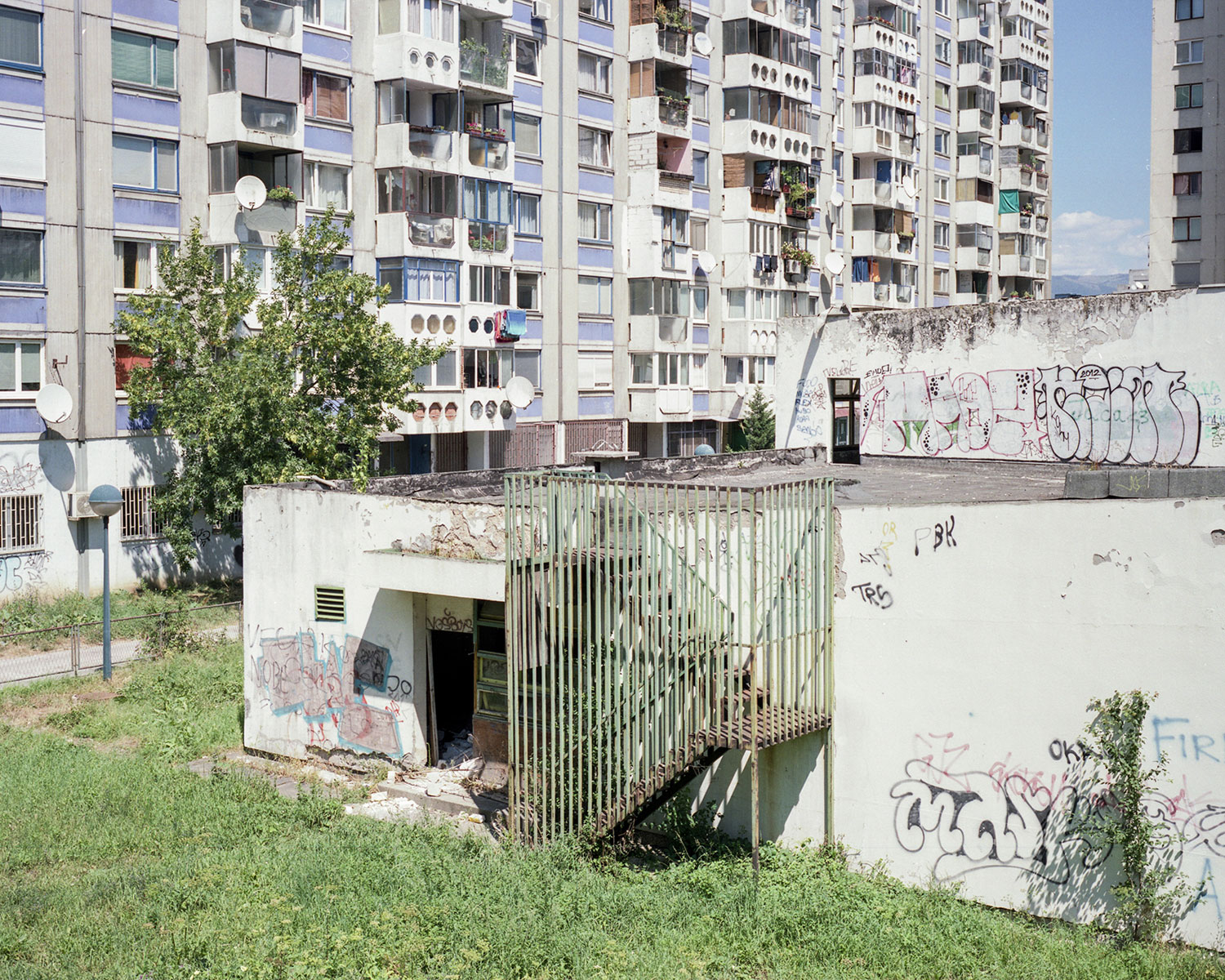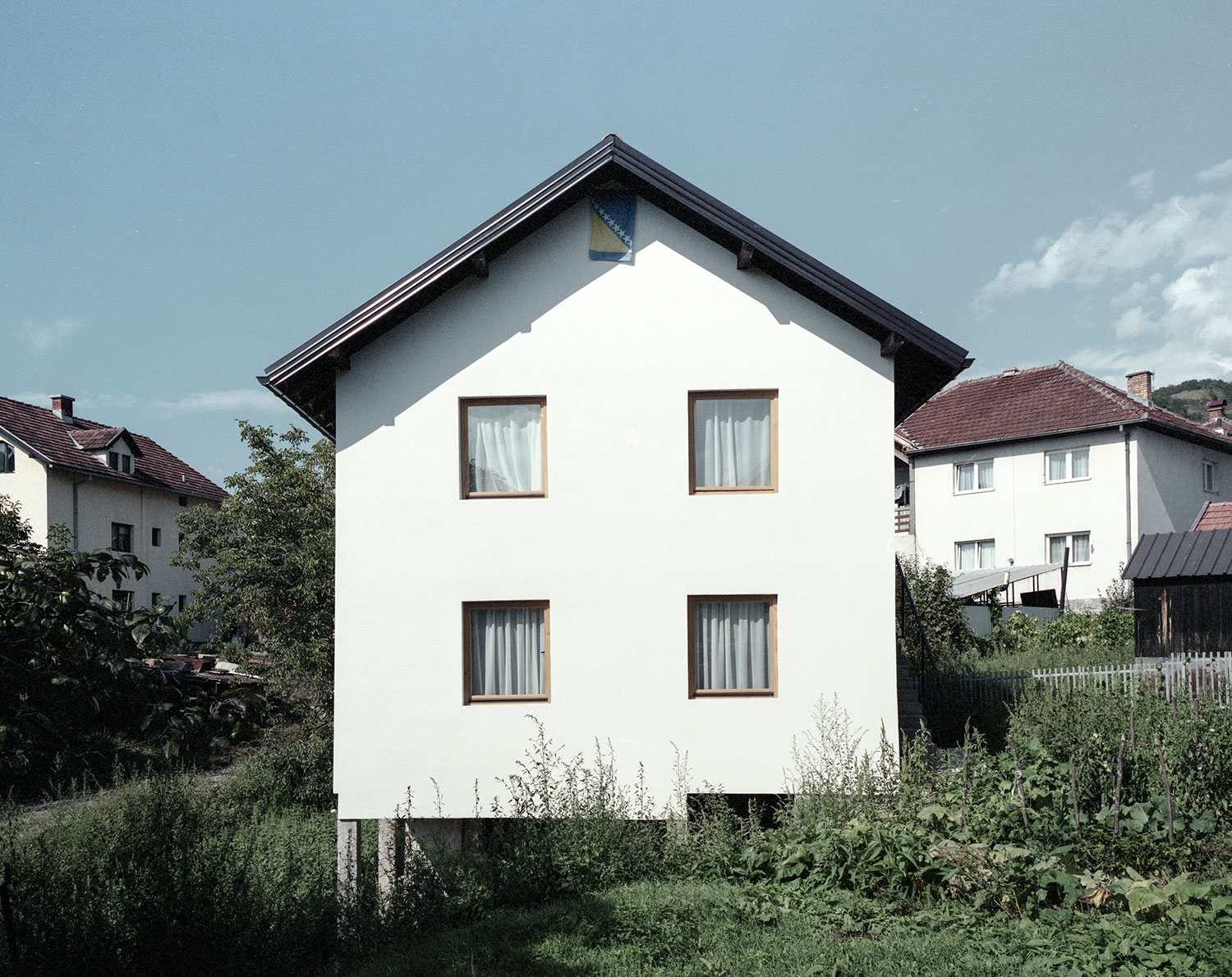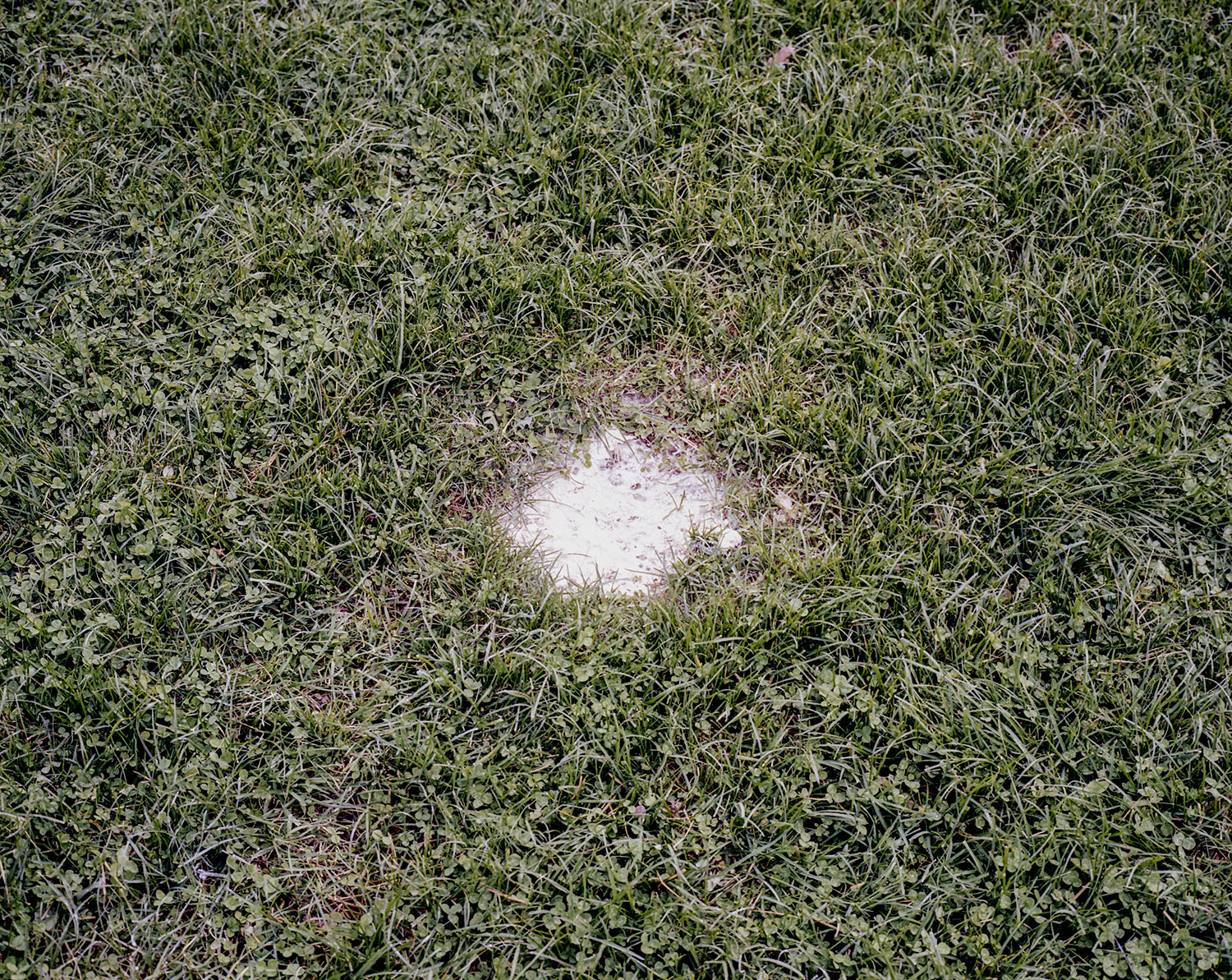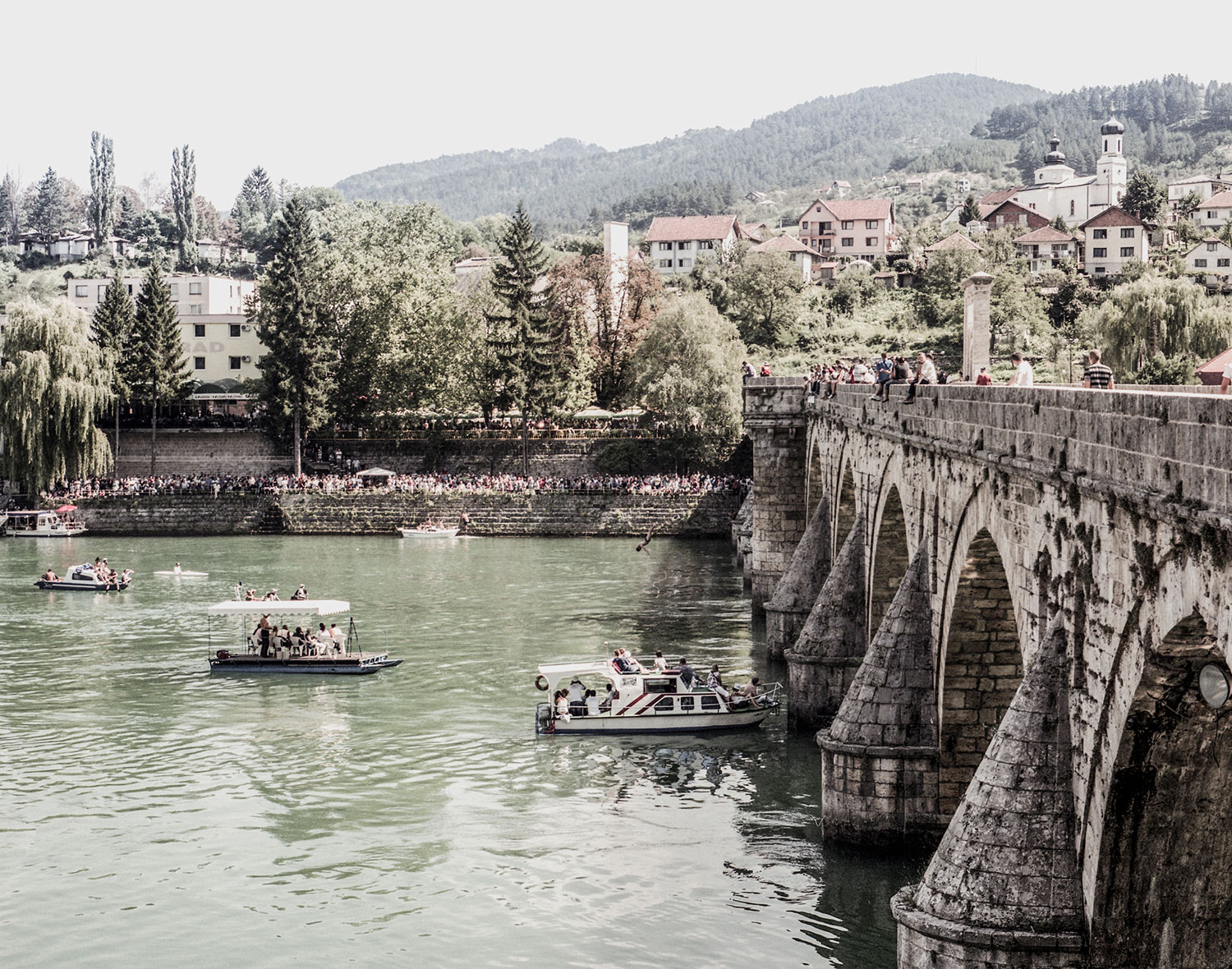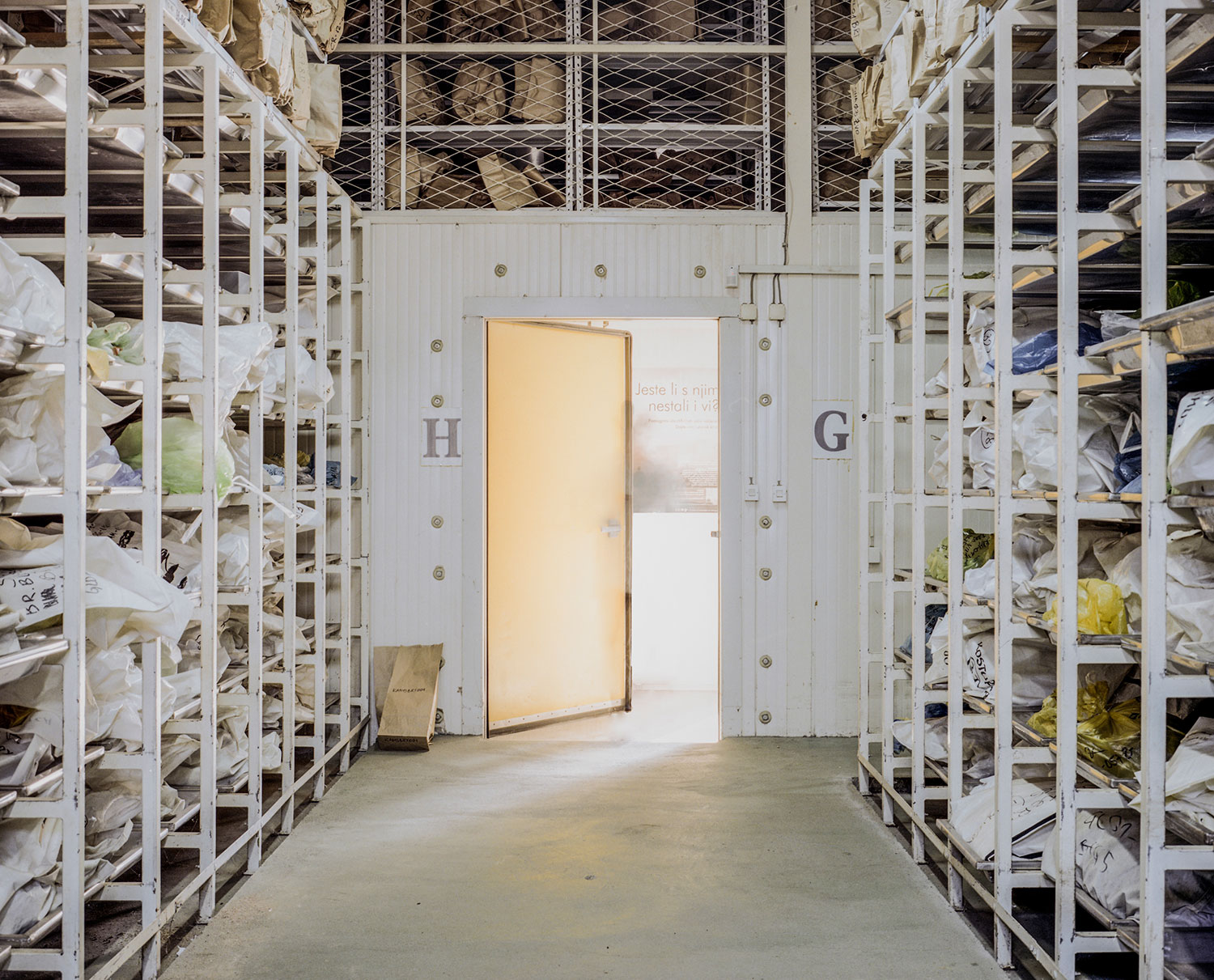Polish photographer Paweł Starzec’s interest in former Yugoslavia started from music and language and led him on a long journey towards discovering the painful and tragic history of the Bosnian war. In his project Makeshift Starzec documents the landscapes and locations marked with genocide and mass murder and shines light on a history that has been destroyed and forgotten.
“I developed a huge interest in former Yugoslavia by discovering Yugoslav punk rock, like early Disciplina Kicme or Boye,” says Starzec. And around that time I discovered Like Eating a Stone by Wojciech Tochman, a Polish non-fiction book detailing how camps were organised in former schools, hotels and factories. That got me wondering, what is happening to those places now? Are they still in use?”
Most of the pictures in Makeshift resulted from the photographer’s own research. He studied documents meticulously and visited the locations of former camps. “The body of research was connected to Annex VIII: Camps, a section of the final ICRC report on mass atrocities during the Yugoslav Wars focussing on places of detention. “It consists of standardised descriptions of anything camp-related found during field work and interrogations,” Starzec explains. “So I spent about a year with that document, circling anything that could possibly work as location info — the document also covers conditions, testimonies and many other things.”
Most of the places Starzec photographed look peaceful, even idyllic — schools, hotels, spas, country houses, rivers and forests — which only amplifies the horror of the war crimes which once took place there. “Landscape is at the very core of the idea behind this project. Think Martin Pollack or Joel Sternfeld’s On This Site. What is the link between the violence, the remembrance, the history and the exact place? Does the history that a place bears change how it looks? A point on a map stands still, but the context moves. I wanted to present all those places in a neutral manner. However, the less sinister those places look, the greater impression they can produce once you learn why they are presented. All in all, in most of those cases, those places are the only memorials to the people killed in those locations.”
Text: Anastasiia Fedorova
Image: Paweł Starzec
